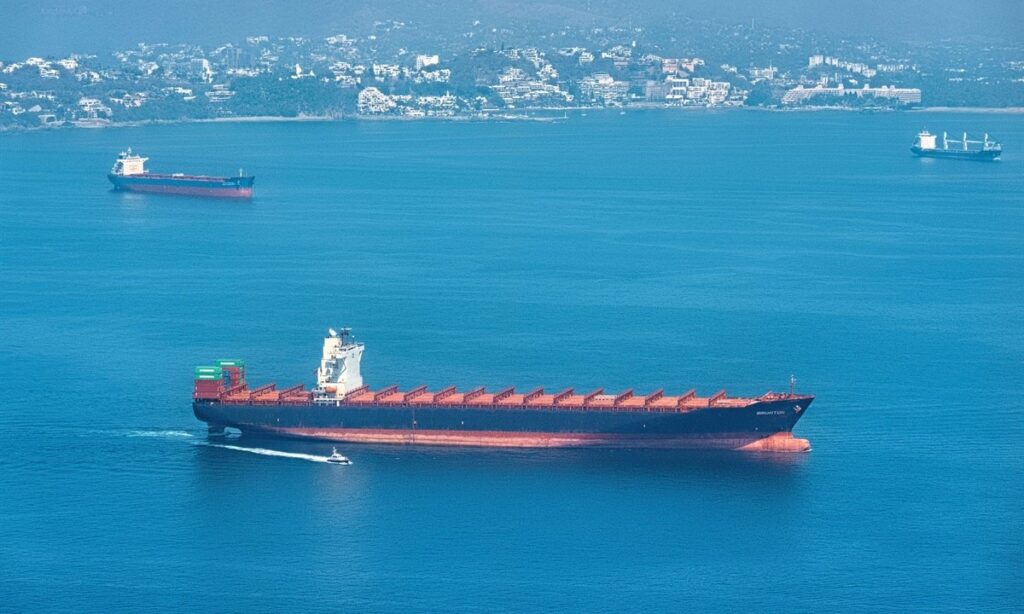According to the latest Rabobank quarterly pork report, both pork production growth and the global pork trade are expected to slow.
The report highlighted the challenges producers will face due to rising costs, predominantly rising feed costs, in tandem with energy, freight, herd health, and labour expenses all rising.
Grain and protein meal costs are up following a weak South American crop and the recent disruption in the Black Sea. Feed costs are varying by region, providing advantage to producers with ample local supplies, such as in North America and parts of South America.
Commenting on the rising costs across the board, Christine McCracken, senior analyst for animal protein at Rabobank, said“The recent spike in energy costs will put additional pressure on an already stressed global supply chain, just as it was emerging from an extended disruption.”
Disease-related production loss that hit parts of North America, the EU, and Southeast Asia in recent months will weigh on production growth in the latter half of 2022, limiting global pork availability and helping to boost expected hog prices.
Sow herd reductions taken in early 2022 are also expected to limit pork production later in the year, with higher-cost feed expected to limit any benefit from higher slaughter weights.
Rabobank anticipates a slow in global trade due to the ongoing geopolitical conflicts. “An estimated 11% of annual pork production is destined for global markets, with most export-dependent countries unable to absorb excess pork in local markets,” Ms McCracken explained. “This vulnerability could force some regions to reevaluate their relative exposure to exports and export-led growth.”
The report noted that the response from consumers concerning higher pork prices is also uncertain: “The production response has been muted in most regions thus far but will begin to impact availability beginning in 2H 2022,” McCracken added.
In addition, efforts to contract the breeding herd, when combined with lower productivity in parts of North America and the EU, should help restore producer profitability, while putting pressure on non-integrated packer-processors.
Packers already facing higher operating costs may have some difficulty passing on higher hog costs, given expected consumer weakness.




